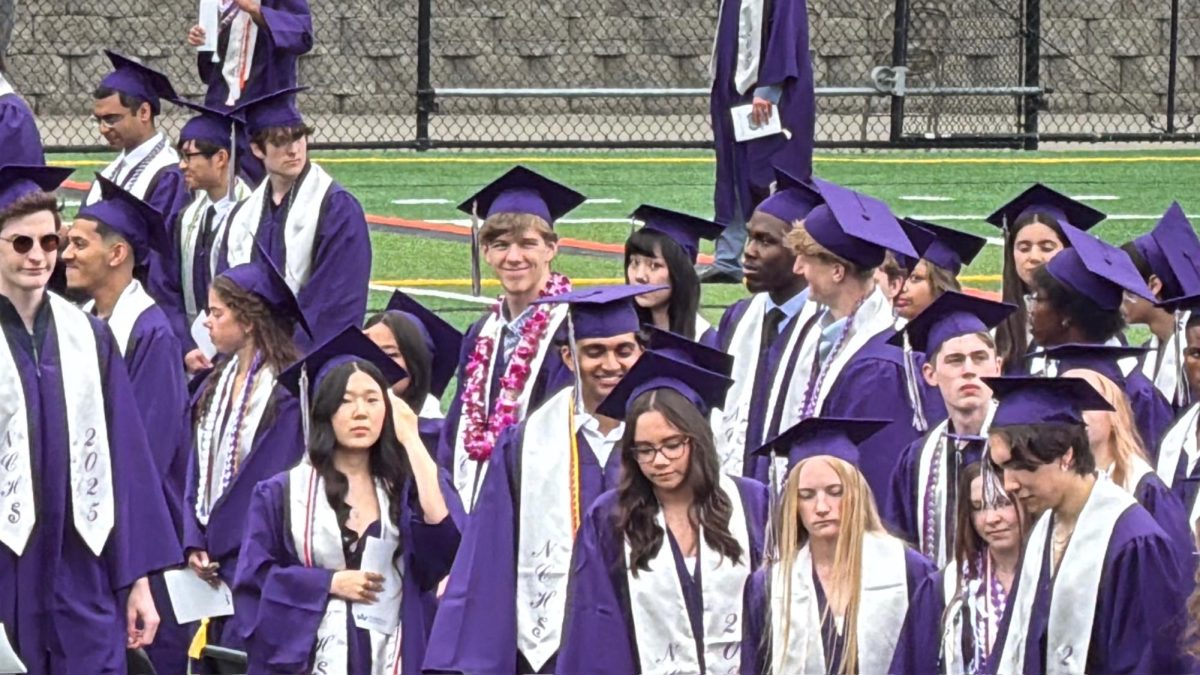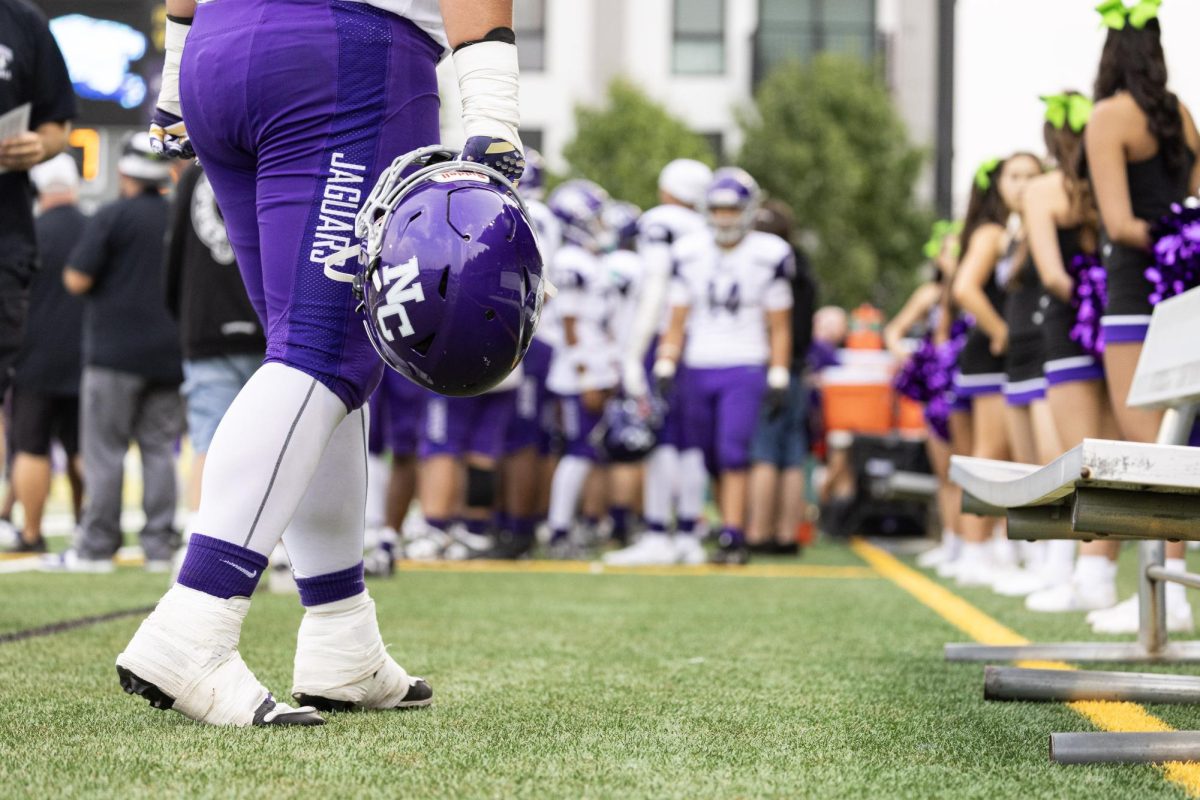
Gmail, Schoology, Remind, StudentSquare attempt to close the communication gap between high school teachers and students. This has seemingly backfired, leaving students more confused than ever about contacting their teachers.
Students are perpetually confused on how to contact their teachers. A part of it may be students’ tendency to do their homework in the dead of night, or perhaps it’s because students don’t do a good enough job at bridging the communication gap between students and teachers. Nevertheless, there is something to be said about the lack of information on how to contact our superiors and get a timely response.
Many students find it confusing. We have been coming out with different new modes of communication, Remind, Schoology, and StudentSquare. Nobody is there to tell us which is more informal, which we should use to explain absences, and which to ask questions.
Instead, students are expected to navigate this tangled web of platforms, new apps, and websites on their own time where the risk is 100% on their side.
“Some teachers only respond to emails, and others only respond to Schoology, which can make it difficult to know which to talk to them, changing this would be good for both the teachers and students to know which to talk to…not having to check all 3: Remind, Schoology, and Gmail,” said said freshman Lily Cook.
Cook also brings up the lack of concentration of communication on a single platform. There is no agreed-upon universal communication platform that everyone is comfortable with.
Students have to remind themselves to check several different apps on their phone or several different websites on their computer. As teenagers, who constantly have dozens of apps on their phones and websites on their computers, it can be difficult to keep up.
However, teachers are not to blame. They also have their own lives outside of teaching. Many students don’t take that into consideration, almost expecting teachers to be on-duty 24/7. This is rarely the case.
“I would want to take that [teachers who don’t respond to emails] on a case-by-case basis because I know my fellow staff members and I know how much they also do love and care and want the best for their students. We’re human as well, sometimes there can be like: “oopsie, didn’t see that!” I will own that. I’ve completely missed an email from a student that needed a response and I didn’t respond to it,” said North Creek teacher Shannon Hornoiu.
Outside of school hours, no teacher has any obligation to respond to emails or messages.
Hornoiu agrees there is a significant number of platforms for teacher-student communication. “We are aware that we teach teenagers. And teenagers tend to live on their phone. And if they live on their phone, what is easier for them to access and opening up that idea of, well, sometimes email can be intimidating. It depends on the teacher, but Remind has been kind of a low-burden [mode of communication],” said Hornoiu.
Now, there could be infinite solutions to a social problem like this. We could choose to educate our student population how to properly use platforms such as Remind, Gmail, and Schoology to connect with teachers and make sure that everyone is comfortable using whatever communication we choose. But we could absolutely choose to ignore it and go on like we always have. The choice is yours North Creek.










